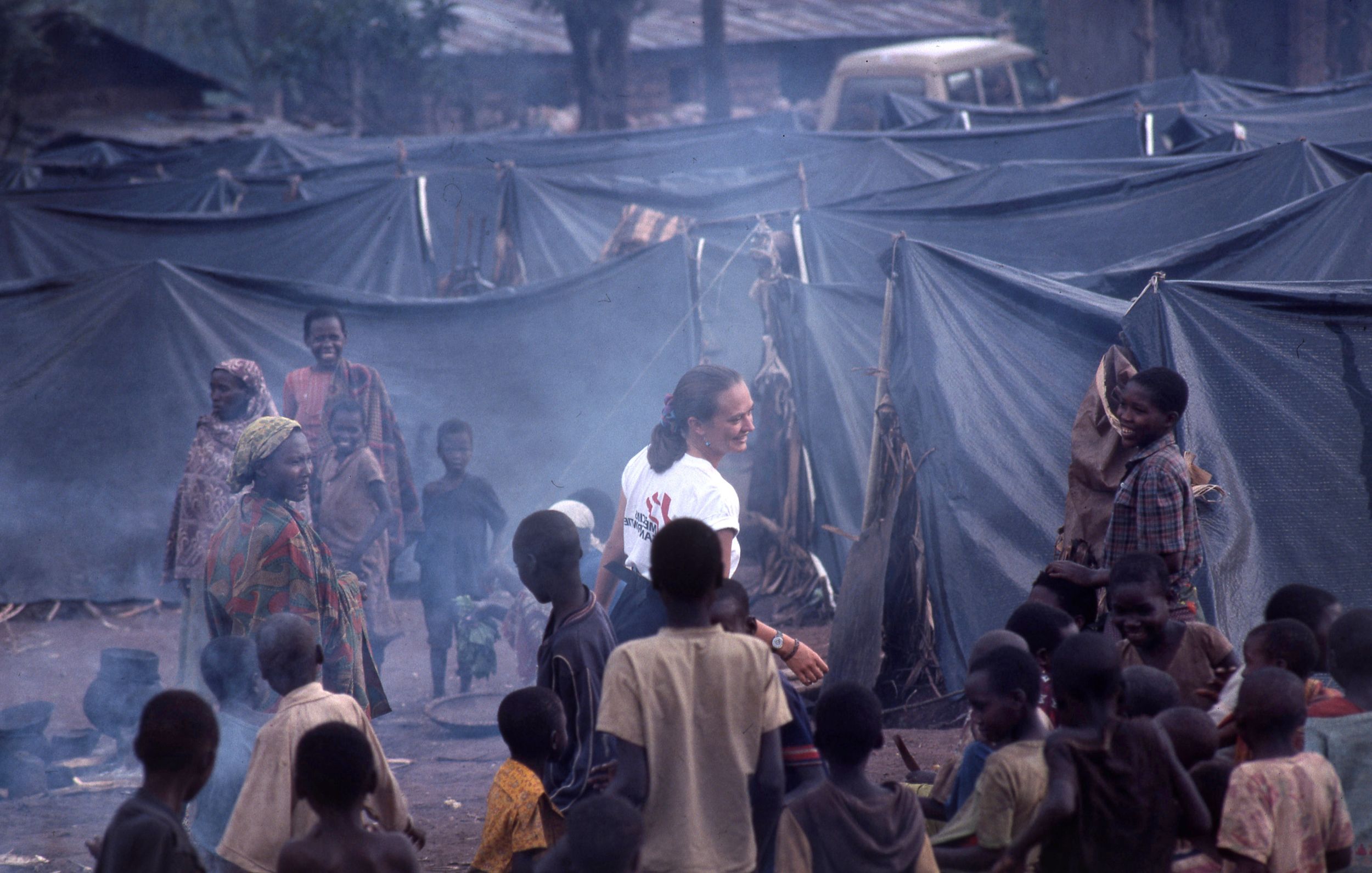
The Trouble with Aid
The humanitarian aid phenomenon arose roughly half a century ago. It seemed so simple: where people are in need, they should receive help. The sick should be tended, the hungry fed, refugees given refuge. Doctors Without Borders, Oxfam, the Red Cross and many other organizations collected money to offer a helping hand worldwide. What started out as simple idealism has turned into a massive aid economy that attracts not only praise, but also a lot of criticism. In , Ricardo Pollack invites representatives of various aid agencies to speak as a kind of self-assessment. How has the principal aim of giving aid turned out in all the places where it has been needed? The interviews are supported by a host of archive footage full of iconic images: hollow-eyed children with bellies distended from starvation, Bob Geldof's Band Aid project, the UN's Restore Hope operation and the Dantesque refugee camps in Goma. Using the examples of seven humanitarian disasters from recent history, from Biafra to Afghanistan, Pollack gives a critical impression of a sector frequently forced to admit – to its own dismay – that idealism is not always equal to opportunism, that suppliers of aid are often confronted by complex moral dilemmas and that, sometimes, aid organizations even contribute to the conflict in question.